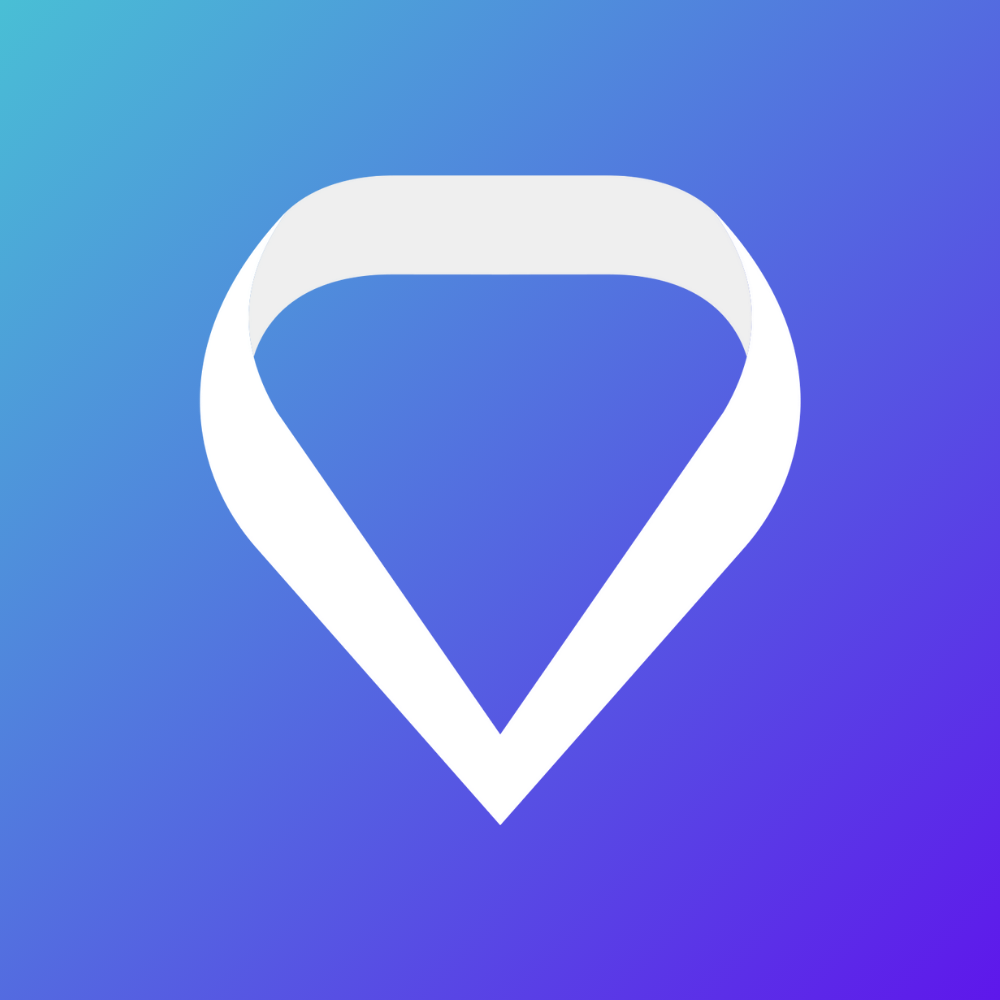Study Shows Significant Payer Cost Savings Associated with Remote Patient Monitoring for Heart Failure Patients
Heart failure is the leading source of hospital readmissions and hospitalization. But a peer-reviewed study found that remote patient monitoring can significantly reduce hospital readmissions while lowering healthcare expenses related to treating heart failure patients.
Throughout the 70-month study tracking period, the health plan experienced the following statistics when using remote patient monitoring services to care for discharged heart failure patients.
- 23% reduction in hospital readmissions
- 11% cost savings
- 3.3 x ROI and reduction in all-cause readmissions and the cost of care around $216 PMPM
Learn more about how the health plan implemented these remote services that had such an impact on their patient population and expenses.
Study: Remote Patient Monitoring Reduces Readmissions and Expenses for Heart Failure Patients
Let’s dive deeper into the study that proves the value remote patient monitoring can offer.
About Geisinger Health Plan
Geisinger Health Plan (GHP) is one of the nation’s largest HMOs. It has been serving 290,000 members since its founding in 1985. The health plan ranks among the top health insurance companies nationwide.
The parent company, Geisinger Health System, is a community-focused, not-for-profit comprehensive healthcare network that includes physician healthcare, medical research, and education. The health system serves 2.6 million central and northeast Pennsylvania residents.
GHP sought to assess the value telemonitoring could have for health failure patients while finding a way to help extend its overburdened complex care managers. It set out having patients input weight and other symptoms to feed data to clinicians digitally. Clinicians could then detect signs of pre-acute conditions early to prevent hospitalizations.
Study Method
GHP began the program in 2008. To find ideal participants for the study, the health plan used physician referrals. Participants had to meet the following requirements:
- Diagnosis of heart failure with a validated echocardiogram ejection fraction of less than 40% or medical record documentation of diastolic dysfunction
- Able to step on a scale and steady themselves to receive accurate readings
- Good cognitive function to respond to health-related questions
If at any point during the study the patient reached a stable condition, opted out of the program, was no longer a GHP member, or passed away, they were removed from the study.
GHP supplied the study participants with Advanced Monitored Caregiving Bluetooth scales. The scales came with an Interactive Voice Response (IVR) system that would ask patients a list of questions to detect physical condition changes that could indicate exacerbation. Changes in wellbeing could include:
- Shortness of breath
- Swelling
- Appetite
- Prescription management
The patient had to have a landline or cellular device that could transmit the Bluetooth scale’s measurements and accept the IVR calls.
GHP hired and trained case managers to identify early indicators of exacerbation or worsening condition. The caseworkers collaborated closely with clinical care providers and had tools to expedite appointment scheduling with the patient’s provider as well as scheduling labs and tests in case of early signs of deterioration or worsening condition.
The caseworkers could detect changes nearly in real-time based on the Bluetooth scale readings mixed with the IVR results. Caseworkers collaborated with physicians to enact the following resolutions for patients whose scale or IVR indicated a change in health.
- Set up an appointment with a provider
- Enact a member-specific medication management plan
- Reinforce the patient’s self-care plan, such as changes to diet
The caseworkers oversaw 125-150 members at a time. Their role required timely follow-up and regular touchpoints with the patient. Telemonitoring helped make those touchpoints possible despite caring for so many patients at once. Without the telemonitoring process, the caseworker would have had to call each participant daily to assess changes in weight and symptoms. Telemonitoring ensured regular symptom monitoring while also ensuring caseworkers had time to focus on patients who needed immediate attention.
Study Results: Remote Patient Monitoring Services
A total of 1,708 health plan members were eligible for the study and enrolled at any point during the 70-month study period from January 2007 to October 2012. However, 541 members remained in the study for the duration and were not disqualified for any reason. On average, a participant was in the study for about 24 months out of the total 70-month observation period.
The final list of study patients was predominantly elderly and generally had comorbid conditions, including hypertension and coronary artery disease. Their cost of monthly care averaged $1,600.
- The odds of the patient experiencing a hospital admission in a given month were 23% lower for members enrolled in the telemonitoring program.
- The odds of experiencing a 30-day readmission were 44% lower.
- The odds of experiencing a 90-day readmission were 38% lower.
- The implementation of the heart failure telemonitoring program was associated with approximately 11% cost savings during the study period.
- The estimated return on investment associated with the telemonitoring program was approximately 3.3 x, which means that for every $1 the health plan spent on the program, it experienced a $3.30 cost-savings benefit.
Remote patient monitoring has many benefits for payers, especially in chronic care management. Read the full peer-reviewed study Heart Failure Telemonitoring Program for more details and insights.

%20(1).png)


-2.jpg)

-2.jpg)